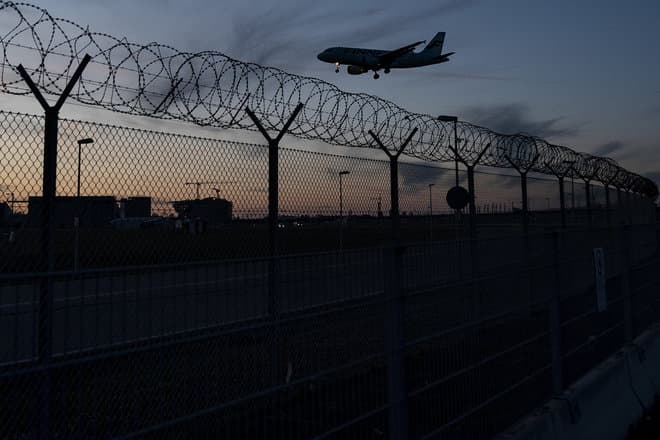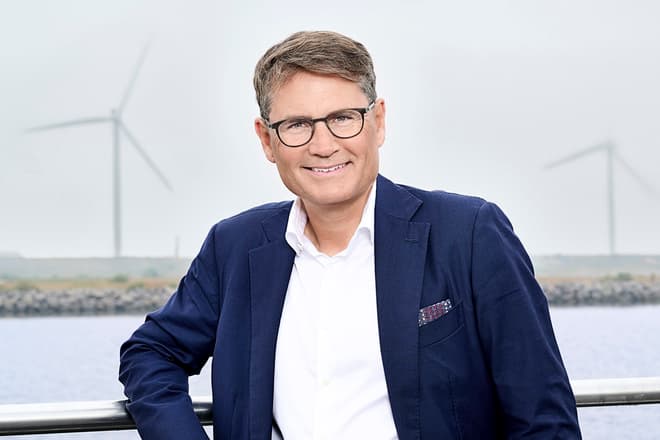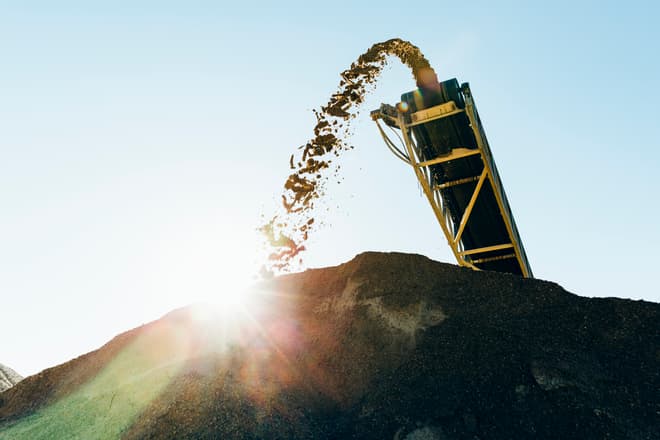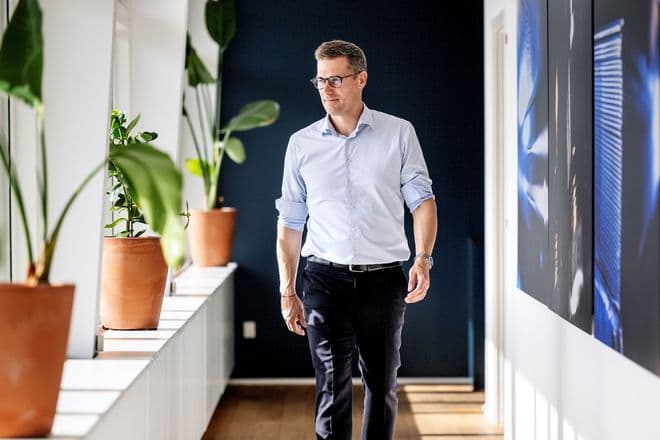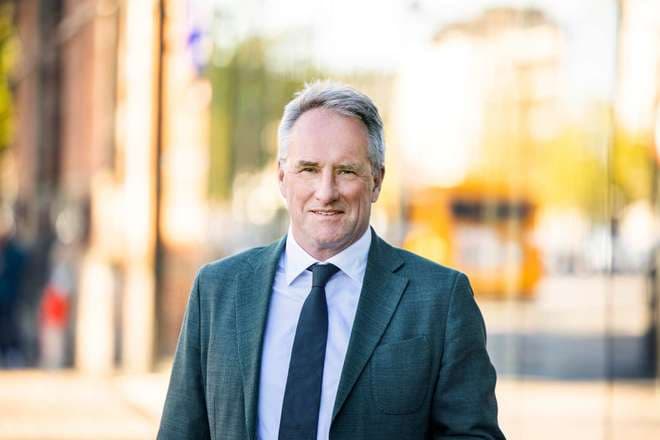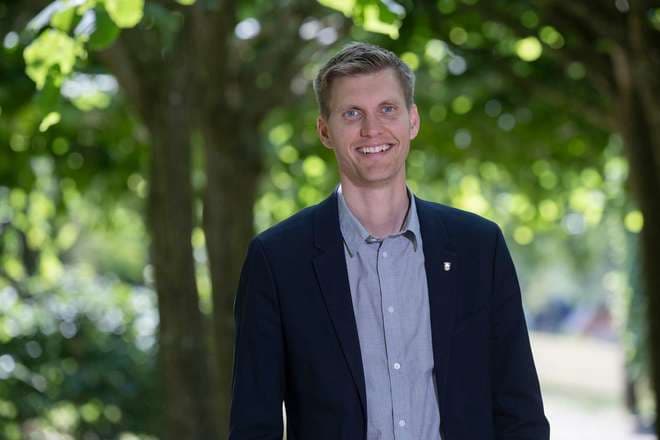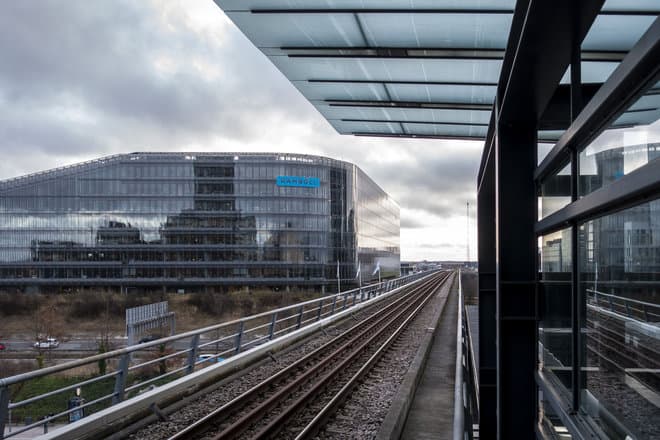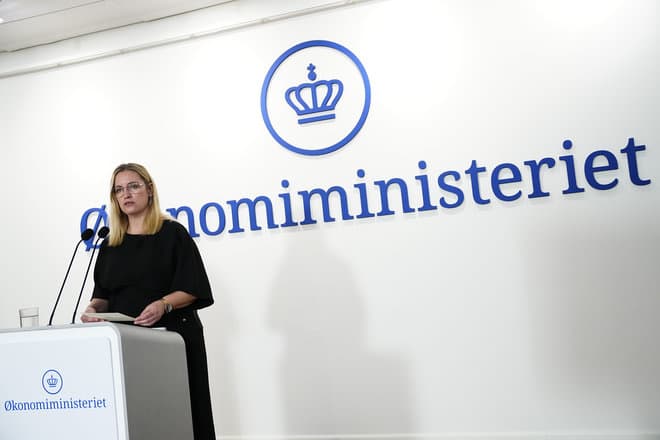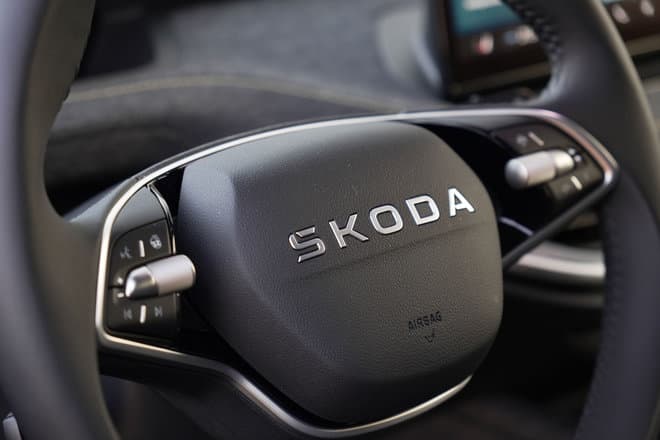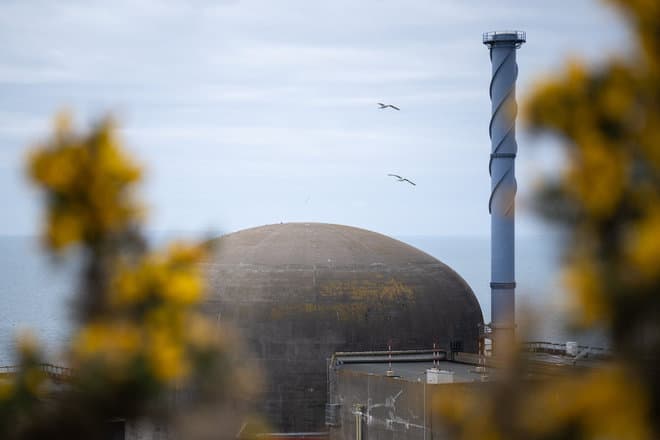
It is nothing less than the world's first sea heat pump, which is about to be put into operation at DIN Forsyning in Esbjerg. Together with a wood chip boiler and an electric boiler, it will supply Esbjerg, Fanø and Varde with district heating. It is the green transition of district heating when the coal-fired Esbjerg power plant is scheduled to be shut down on September 1st this year.
DOI.dk has met with Business Development Manager Claus A. Nielsen from DIN Forsyning to hear about the future and the next steps in development. The official inauguration of the sea heat pump and wood chip boiler is not expected until the end of the district heating season 24/25 – that is, when spring knocks on the door again in 2025. And that is completely according to plan.
- Now we are where we can put the district heating of the future into operation. This is the end of the first phase, where we will have a commissioning of the heat pump and the wood chip boiler within the next six months - we will, says Claus A. Nielsen on the site at Esbjerg Harbour, where there is still lively activity and a construction site atmosphere.
The business development manager is also a man that everyone wants to talk to when he comes to the site. However, some things have already been fully put in place.
- We have already commissioned our 40 MW electric boiler, battery and gas engine, which can also be used for emergency power, he states.
System optimizations are part of the district heating of the future
But the next and actually equally important step is already well underway.
- We must make the buildings better able to use district heating. That is why we are working with software to quickly identify bad coolers, explains Claus A. Nielsen about the so-called outlet temperature of the district heating water from the individual building. It is important so that the heat is optimally utilized.
The software and a very fast response time are already a success.
- We write to customers in e-Boks so that they can have a plumber adjust their system, says Claus A. Nielsen and explains why it is important:
- We want to be proactive so that people don't just get a big bill the following year. On average, our customers have only had a problem for three days before we let them know. Before we got our digital solution, the average was three weeks.
Overall, it gives a result that is noticed.
- That is why we have a return temperature of 35 degrees on average. People in the industry don't believe us when we tell them, says Claus A. Nielsen with a smile.
The sea heat pump
However, it is not only the district heating customers who benefit from the low outlet temperature. It actually also has something to do with the sea heat pump.
- The sea heat pump is most effective when there is a low temperature on the return line. This is because we use CO2 as a coolant. That is why the system is extra sensitive to temperature, explains Claus A. Nielsen.
Although the development with the sea heat pump, wood chip boiler, electric boiler, battery and gas engine is important, something else is actually more important.
- The crucial thing is to be able to operate the system, so it basically doesn't matter where the heat comes from. The availability of electricity will depend on whether the wind is blowing, says Claus A. Nielsen.
There are periods when there are negative electricity prices. This means that good planning and system operation can mean that DIN Forsyning can get money for producing heat for its customers during periods. But this also requires storage capacity, and a large accumulation tank is being insulated right next to the sea heat pump.
- We are constantly looking seven days into the future to optimize and use as little as possible, and that is why the accumulation tanks are important, says Claus A. Nielsen and makes an assessment:
- We will probably build more heat storage capacity in the future.
Text, graphics, images, sound, and other content on this website are protected under copyright law. DK Medier reserves all rights to the content, including the right to exploit the content for the purpose of text and data mining, cf. Section 11b of the Copyright Act and Article 4 of the DSM Directive.
Customers with IP agreements/major customer agreements may only share Danish Offshore Industry articles internally for the purpose of handling specific cases. Sharing in connection with specific cases refers to journaling, archiving, or similar uses.
Customers with a personal subscription/login may not share Danish Offshore Industry articles with individuals who do not themselves have a personal subscription to Danish Offshore Industry.
Any deviation from the above requires written consent from DK Medier.

